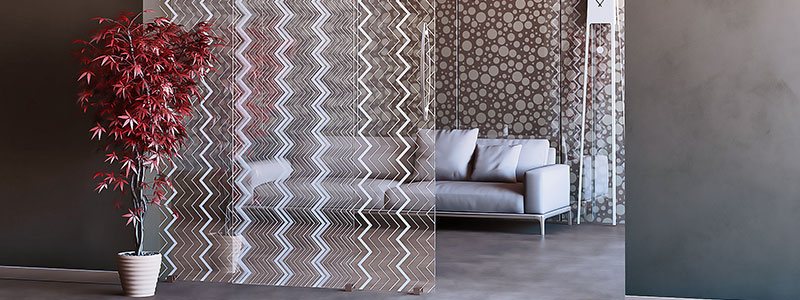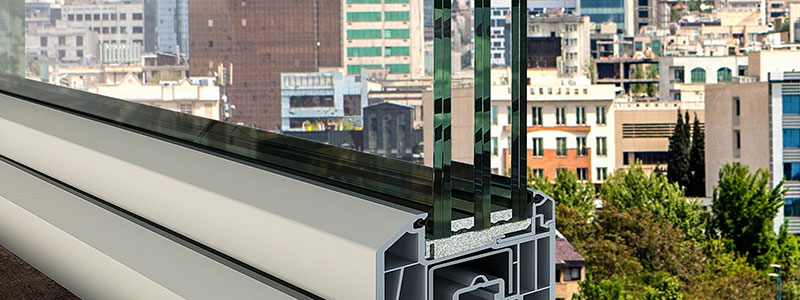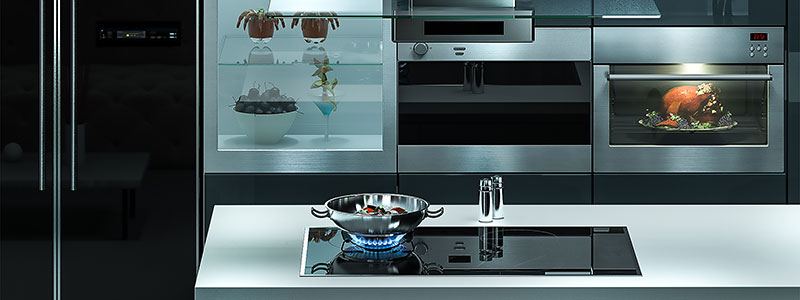Laminated Glass
GGC Laminated Glass Production Line is capable of producing multi-layered laminated glass sheets as large as max 3210×2250 mm bonding together at least two 3mm glass sheets up to a maximum total thickness of 50 mm. For instance, a sheet of 50 mm bullet resistant glass is made by bonding 5 sheets of 10 mm glass.
Types of glass glass production line talcous (Laminated) are:
Architectural Laminated Glass
Bullet Resistant Glass
Fire Resistant Glass
Architectural Laminated Glass

This product looks just like a normal sheet of glass but has a very different function. Energy savings, reduced noise pollution and protection against UV-radiation damages are drawing consumers' attention more than ever before. These goals can be met by the use of architectural laminated glass sheets (toughened or normal). The laminated glass has practical resistance against severe impact, earthquake, storms and strong winds, since the broken glass particles remain bonded to the laminate interlayer.
Architectural laminated glass is produced in various colours and can also be layered with other ornamental or functional objects (wire, fabric, posters, etc.) making it a very versatile type of glass indeed. Nowadays, architectural laminated glass is being widely used in exterior design due to some of its particular advantages:
- Vibration tolerance
- Quick and easy installation (truss, holder clamp, cable, etc.)
- Combinability with other design elements
- Decorative coverage of interior surfaces and / exterior facades
Heat Transmittance Table
|
Double Glazing Spacer |
U-Value(w/m2k) |
||
|
6mm |
12mm |
+ 16 mm |
|
|
Double Glazing 4mm - Argon Gas |
2,9 |
2,7 |
2,6 |
|
Double Glazing 4mm - Low-e Argon Gas |
2,5 |
2,1 |
2 |
|
Wooden Door |
|
3 |
|
|
Wasted Energy= Windows area x Difference between in and out side tempreture x U value Less U value = less wasted energy. for Low-e glasses mentioned in above table. En=0.2 |
|||
Bullet Resistant Glass

By the use of the architectural laminated glass production machinery combined with its inhouse engineering capacities, GGC has managed to produce a highly resistant glass strong enough to withstand instant and direct impacts. The product is composed of 6, 8 or 10 mm sheets of clear glass laminated with 0.76 to 1.52 mm sheets of PVB and will hold together if hit by the bullets of a Colt pistol and G3 rifle and also against the impact of a mallet and blast shockwaves, without breaking apart into pieces. This type of glass is used in jewellers, exchange shops and banks as an impenetrable barrier preventing criminal damages.
Bulletproof Glass Specification
|
Double Glazing Spacer |
U-Value(w/m2k) |
||
|
6mm |
12mm |
+ 16 mm |
|
|
Double Glazing 4mm - Argon Gas |
2,9 |
2,7 |
2,6 |
|
Double Glazing 4mm - Low-e Argon Gas |
2,5 |
2,1 |
2 |
|
Wooden Door |
|
3 |
|
|
Wasted Energy= Windows area x Difference between in and out side tempreture x U value Less U value = less wasted energy. for Low-e glasses mentioned in above table. En=0.2 |
|||
Fire Resistant Glass

This product is a type of insulating glass with a laminated glass sheet of various combined thicknesses on one pane and a 6 or 8 mm toughened glass on the other. The layered glass will endure high temperature for 30 minutes before the PVB layer starts to burn. During this time, the space between the two sides will function as insulation, impeding extensive heat transmission to the other side and giving the inhabitants time to leave the building. In case of long lasting fire or a significant increase in temperature, the outer-side toughened glass pane will also prevent heat transmission for some time after all the PVB layers of the other pane are entirely burned. This product is specified according to its "thermal resistance" and "stability time". GGC #GF-3 is a fire resistant glass with total thickness of 59 mm and maximum stability time of 90 min against 850° C.
Fireproof Glass Specification
|
.No |
Products Code |
Total Thickness |
Increase heat Speed/Min |
Max Temperature(Co) |
Steady Period Length |
|
1 |
GF-1 |
36 |
30 |
540 |
30 |
|
2 |
GF-2 |
44 |
35 |
700 |
60 |
|
3 |
GF-3 |
59 |
35 |
850 |
90 |








